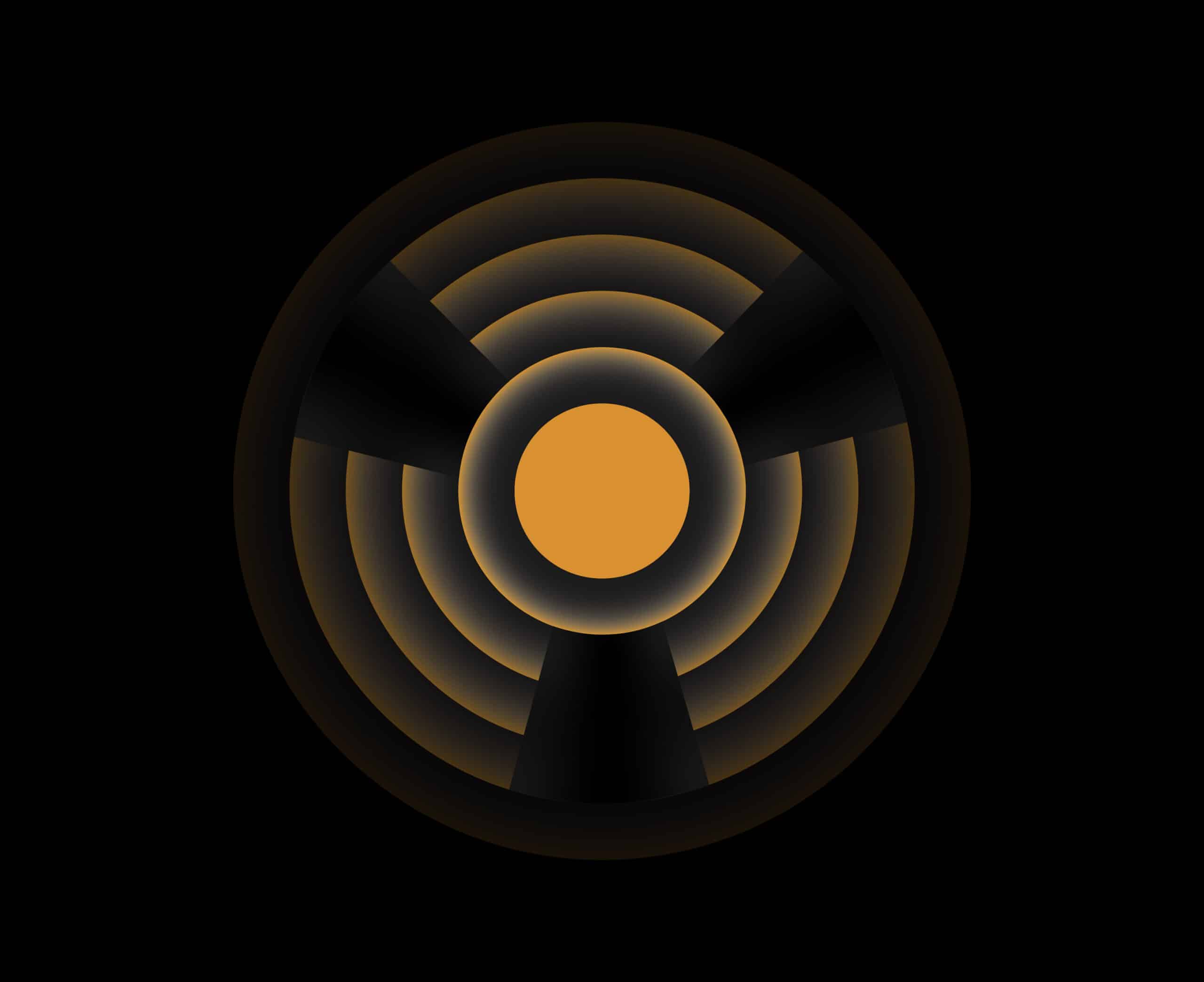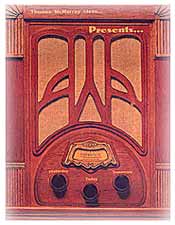The Tom McMurray Collection
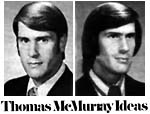
  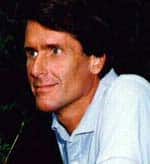
|
Tom McMurray, formerly of Thomas McMurray Ideas, quietly left radio in the late '70's after reviving 50KW WBT, Charlotte, and consulting numerous stations, among them WJAR, Providence, a former home of the Repository curator.Tom McMurray passed away in September of 1999.
Tom is remembered today as a gentleman who cut big deals with big radio stations. Uncle Ricky remembers vividly the class and style of the WBT "Sunday Night Hall of Fame", which introduced Chuck Berry to a generation of Carolinians who had never heard such things on their dependable, 50,000 watt radio station, ever! It was a remarkable time, and WBT was only one of the stations that Tom touched during his career in broadcasting. Mr. McMurray sold Ideas - and for radio, they were BIG Ideas, requiring major studio construction, equipment, jingles, advertising budgets and most importantly - talented people. Once Mr. McMurray knew he could do it right, he continued to sell more Ideas, which required exceptional skills with both management and staff. I asked Tom why he didn't do radio anymore, and he offered some very special comments. This marvelous thing called the Internet allowed Tom and Uncle Ricky to share Ideas once more - these ideas included cherished airchecks, comments, insights, and all sorts of ways to Increase Your Joy. Thank you Tom, for all the GOOD THINGS. |
This composite was assembled with production elements from presentations created by Tom McMurray for “The Entertainer”, 1110 WBT, in 1971 and 1972. Both WBT Custom (“Logo One”) and classic resings from PAMS are included here, along with a few of the many custom production parts. When the WBT format debuted in 1971, the custom package was used exclusively; within a year, cuts from classic PAMS syndicated series were added.The composite begins with Tom’s “mission statement” about community involvement, (previously featured in the Thomas McMurray Ideas 1973 Presentation), a quick montage of WBT music, and at 1:58, three examples of custom WBT Public Service Announcements. The vast majority of radio stations of the time considered public service a pointless FCC requirement. At WBT, Tom took a different approach, creating memorable first-class PSAs. Later, at WJAR, Tom explained to me that he required everyone on his air staff to spend a few hours in the production room each month creating these announcements. It was considered part of the job at WBT.
Following the PSAs, we hear a sample of Charlotte morning icon Ty Boyd. Tom told me
that after WBT, Boyd made his living as a motivational speaker! H.A. Thompson, a short excerpt of newsman Frank Richardson, Jack Petry, Mike Ivers and Bob Lacy follow Boyd. There’s also one cut from McMurray’s All Kinds of People campaign – again, an example of “community involvement”.
The final element of this composite was the closer for a 1971 sales demo.
WBT Great Modern Radio History, 1972 (8:26)

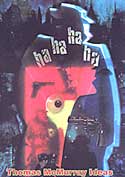

The soundtrack of a Top 40 career.
Some will make you laugh and some will make you cry, but they all… have got to, got to… bring back… fantastic memories.
[Curator’s Note]: The closing credits for this release of The History of Rock ‘n’ Roll are included in the final segment. This is from what we believe was the next-to-last release (still available in 1980) of the Drake-Chenault syndicated program, which ran 52 hours. The program was shipped on high quality vinyl, and only a limited number of copies were ever available. The Repository is honored to feature this version of the syndicated radio classic.
The syndicated program bore little resemblance to the original KHJ History of Rock and Roll which was aired on KHJ (and other RKO stations) in the Spring of 1969. That program was Produced and directed by Ron Jacobs, written by Pete Johnson, narrated by Robert W. Morgan, and engineered by Bill Mouzis.
[Curator’s Note: GREAT MODERN RADIO HISTORY was prepared for a WBT Staff Meeting in 1972. It is representative of the high production value of WBT and of the respect and love that programmer Tom McMurray had for the station and staff.]Magic Happened Here
by Tom McMurray
In the Summer of 1970 I was approached by Blair Radio, the national advertising representative for WBT Radio in Charlotte, North Carolina. WBT, a 50,000 watt Clear Channel powerhouse had historically been the number one station in the Charlotte area of dominant influence (ADI) forever. Once owned by CBS and the spawning pool of many talents such as Charles Kuralt, Nelson Benton, and too many to mention, it had a rich heritage.
How do you honor the traditions of a grand old radio station like WBT? McMurray’s approach was the Where It All Began promotional series, excerpted here.
In the Spring of 1970 the ARB showed WBT as the overall ninth station in the market. No longer could Blair and its powerful Blair radio Network (BRN) feed WBT the national clients. David Klemm, Blair’s secret agent, acted as the CIA of Blair and all the stations they represented. He knew the score and more about every major market radio station in America than anyone, at that time. He was a smart, articulate and brilliant communicator. He was very well liked, respected and a truly nice guy. David’s job, bottom line, was to keep Blair stations number one.
…”it would take hard factual data to get permission from Jefferson Standard to shorten the skirts on their Grand Lady..”
Jefferson Standard Broadcasting was a subsidiary of Jefferson Standard Life Insurance Company. WBT, its sisters WBT-FM and WBTV-TV, along with some other broadcast properties, had been a virtual cash cow and a place to showcase the parent corporation. Life insurance companies like Jefferson Standard worked as monolithic, autocratic organizations. They understood actuary tables. They for sure did not like change, especially with tradition, and WBT was high on their list when it came to tradition. Getting Jefferson Standard to accept change was General Manager Harold Hinson’s problem. He knew David Klemm was right.
Secretly, working with David Klemm, Harold devised a plan to have a “palace coup”. If WBT was going to change, it would take hard factual data to get permission from Jefferson Standard to shorten the skirts on their Grand Lady  WBT. From August through September I worked totally behind the scenes. I was not even in or near the station. I designed quantitative and qualitative research that was performed by Mel Goldberg’s New York based Magic “C” research company.
The WBT/PAMS Custom jingles used a “new” musical signature christened “Logo One”, and featured a unique vocal arrangement with muted brass.
I had always worked with a specific plan using research in my previous programming, but to have this kind of resource was fantastic. Few programmers had this kind of luxury. With Mel’s help, I devised a questionnaire and survey along with various recordings. The recordings on cassette tape had representative cuts of every conceivable kind of music. I wanted to know if people identified Yesterday by the Beatles as a Top 40 song. Did they even know it was the Beatles? Did they hear Mr. Bojangles as a country song, Top 40, awful noise or what? There were thirty various samples played to see if people knew what music was what and how they identified it. Most importantly we wanted to know what they liked.
Questions also elicited various demographic and economic information, attitudes and preferences on all different kinds of programming. We played all air personalities voices currently in the region and sought to find out if they could identify the personality without hearing their name or station.
Mel and a crew of seven experienced researchers fanned out through 78 counties in North Carolina, South Carolina, Virginia and Tennessee. Thousands of people were personally interviewed. Mainframe computers compiled the data. Mel interpreted the facts, Harold, myself and a professional writer prepared concise white papers for the Jefferson Standard hierarchy.
…”I know of no other PD afforded the time and budget given me by WBT to produce a totally new sound and indeed new radio station…”
Harold presented the research reports, along with the hard data, which was as thick as two New York City telephone books, to Wally Jorgensen, Executive VP of Broadcasting. After digesting the data Wally approved and got Harold an audience with Charlie Crutchfield, the President of JS Broadcasting. That done and with Mr. Crutchfield now a believer, a special board of directors meeting was arranged for the entire Jefferson Standard Life (now Jefferson Pilot) Corporation. This stuff was all beyond my personal view and involvement. In September 1970 the Jefferson Standard board approved all recommendations and I began to build the new WBT.
Veteran TV game show announcer Johnny Olsen was featured on jock intros, show closings, and promos.
I know of no other PD afforded the time and budget given me by WBT to produce a totally new sound and indeed new radio station. I was allowed $200.000.00 to build a new sound, studios and entertainment team. Good, bad and great things happened. 28 people were fired, all given generous buy outs or early retirement. I know of no other broadcaster ever who had been so kind to it’s employees.
Over the next five months three major studios were reconstructed and state-of-the-art equipment installed. A new staff was blended with some of WBT’s traditional announcers so that an evolutionary (as opposed to revolutionary) sound would first hit the air when WBT changed formats in March 1971. As early as January 1971 two top 40 DJ’s, Rob Hunter and H.A. Thompson were hired, but kept in the wings.
On Monday March 8th, WBT announced that on Sunday March 14th at 7 PM, WBT will become a thing of the past, and that an official announcement would be made at that time by WBT General manager Harold Hinson. It was strongly implied that the station was going off the air.
WBT never in it’s life had done any stunts. It was a graceful 50,000 watt tradition.
At 7 PM on March 14th, an “official announcement” was read, and WBT started it’s new format with the Original Sunday Night Hall of Fame.
The next morning Charlotte had a new radio station. In one of the most courageous moves I have ever seen, WBT sales manager Cullie Tarleton had canceled hundreds of thousands of dollars in revenue so that we could have a clean top 40 sound, with no more than 14 commercial units per hour. I literally gutted the old WBT, canceling CBS and dozens of programs and features that were all rating killers, but well funded by local advertisers.
Over the next 2 years WBT attained the highest ARB ratings ever recorded by any station ever or since in the Charlotte metro area.
WBT was Number One in every time period and every demographic. I have never had, seen or felt the magic, fun and success of the WBT years before or since. WBT was one in a million. What to say? “Thanks for letting me be there”.
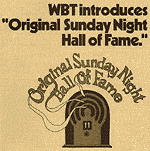

From 1966 through 1973 Bill Gavin held an annual Gavin Conference. They were largely attended by Top 40 and Adult Top 40 PDs, General Managers, a sprinkling of jocks and for every Broadcaster, there were at least 4 record company promotion men. While Bill was most conservative and certainly not a part of it, the “after hours” of the convention were the stuff of which legends are made. Party and Hooker City, courtesy of the record companies. All of them. This is the story of the 1971 Conference in New Orleans.
Listening to the entire tape is a special treat as you get to hear some of America’s very best Air personalities ever. They don’t have events like the Gavin and Billboard Conference anymore. No one takes the time to produce a show like the Gavin awards where each year you heard a whole new array of Top 40 Hit parodies. (You can hear these just prior to the announcement of Nominees in each category.)
Smaller Market DJ of the Year:
Nominees were: Gary Burbank, WAKY, Louisville; John Garry, WIST, Charlotte; AND:
Chuck Roy, KROY, Sacramento, CA
Introduced as “Chuck Ray”…
Jim Sheldon, KVEN, Ventura, CA
Jay Thomas, WAPE, Jacksonville, FL
Mike Welch, KIOA, Des Moines, IA
Jay West, KRIO, McAllen, TX
Progressive Radio Station DJ Award of the Year:
You hear and understand that “dope” really was a happening thing when you hear Tony Pigg (KSAN, San Francisco) in the Progressive (underground) Radio category. Also, pick up on how Progressive Radio Jocks gave birth to millions of images for millions of brains. Progressive radio then was very much what the Internet was, say just one year ago, and in many quarters still is. (also included: Steven Ponneck, KSAN; B. Mitchell Reed, KMET; Les Turpin, WCBS-FM; Michael Tearson, WMMR.)
The R&B DJ of the Year:
Nominees were: Donnie Brooks, KATZ; Larry McCormick, KGFJ; Jay Butler, WCHB; Jimmy Bishop, WDAS; Jerry B, WWRL.)
Good Country Music Good DJ of the Year:
Discover that the Country format nominees were, for the most part, very classy personalities who just happened to play Country music. Much of it became crossover Top 40 hits. (includes Tom Allen, WIL; Bill Mack, (no ID given); Larry Scott, KLAC; Arch Yancey, KIKK; Sammy Jackson, KLAC; David Lee, WIL; Corky Mayberry, KBBQ.)
MOR DJ of the Year:
Listen and laugh to legends like Wally Phillips and Dick Whittington and you understand why they made six figure salaries when an average salary was more like $25,000 in 1971. Poor pay for an industry that made so much money was radio’s dirty little secret. Rumors about so & so making $200,000, or the assumption that if you were in Philadelphia or San Francisco you made a million were myths. Most jocks and PD’s did not discuss what they really made. If not for voice-over and personal appearances, many guys were struggling. The low pay was a disgrace and yet, real tribute must go to the Jocks and PDs for their devotion to doing what they loved most in all the world – Top 40 Radio. Many hung in there and found just rewards in ownership and management.
“The High-Priced People nominated:”
Don Imus, WGAR, Cleveland
Robert W. Morgan, WIND, Chicago
Gary Owens, KMPC, Los Angeles
Wally Phillips, WGN, Chicago
Dick Whittington, KGIL, Los Angeles
J.P. McCarthy, WJR, Detroit
Chuck Blore introduces a Tribute to Gordon McLendon
Bill was always a “showman” and every awards banquet was professionally produced, as you can clearly hear. The finest independent radio production firm at that time was Chuck Blore Creative Services, and every year Chuck produced a fantastic show for his peers in radio. (includes: Don Keyes, Bill Stewart, Ken Knox, and Bill Weaver.)
TOP 40 DJ of the Year:
Nominees included Steve Lundy, KFRC, San Francisco, George Michael & Dr. Don Rose, WFIL, Philadelphia, AND:
Larry Lujack, WLS, Chicago
Don Steele, KHJ, Los Angeles
Charlie Tuna, KHJ, Los Angeles
Dan Ingram, WABC, New York
Introduced as “Don Ingram!”…
Mike Seldon, KLIF, Dallas
And the winners were? Hey I was there, but that was 25 years ago. I think I remember, but believe this should be historically accurate. Hit the comment button and send Uncle Ricky the winner’s name. The 5th caller wins…..

